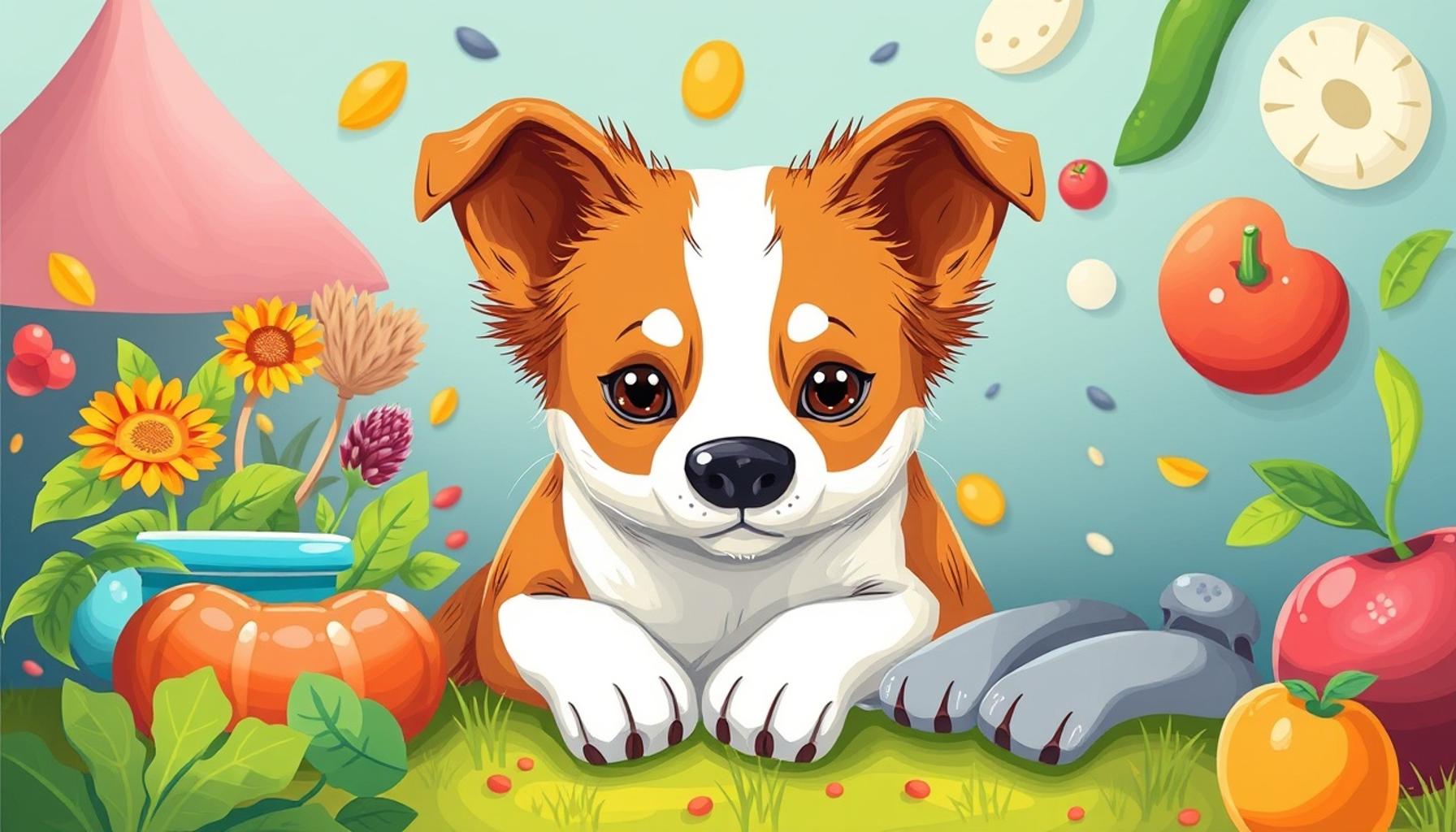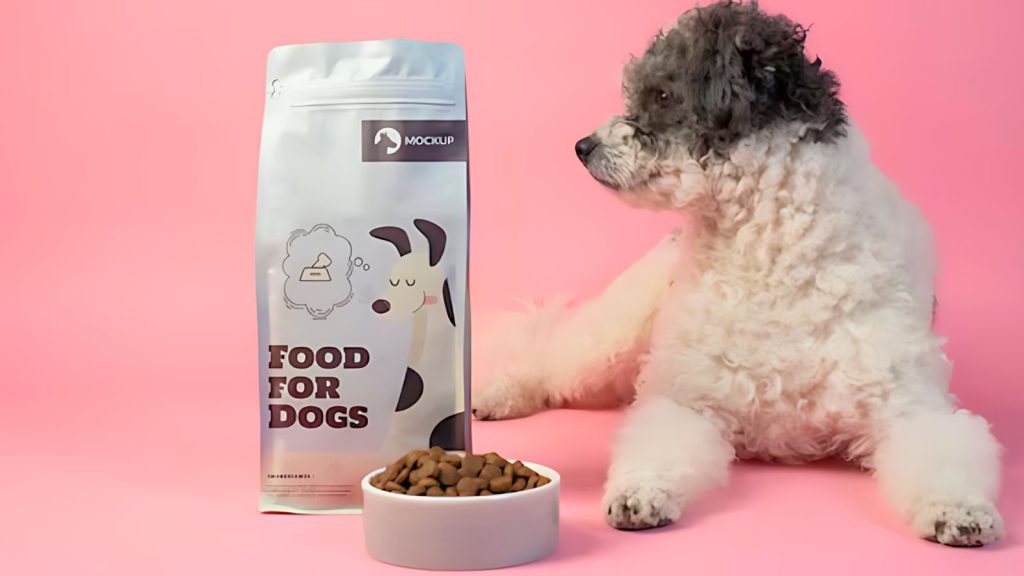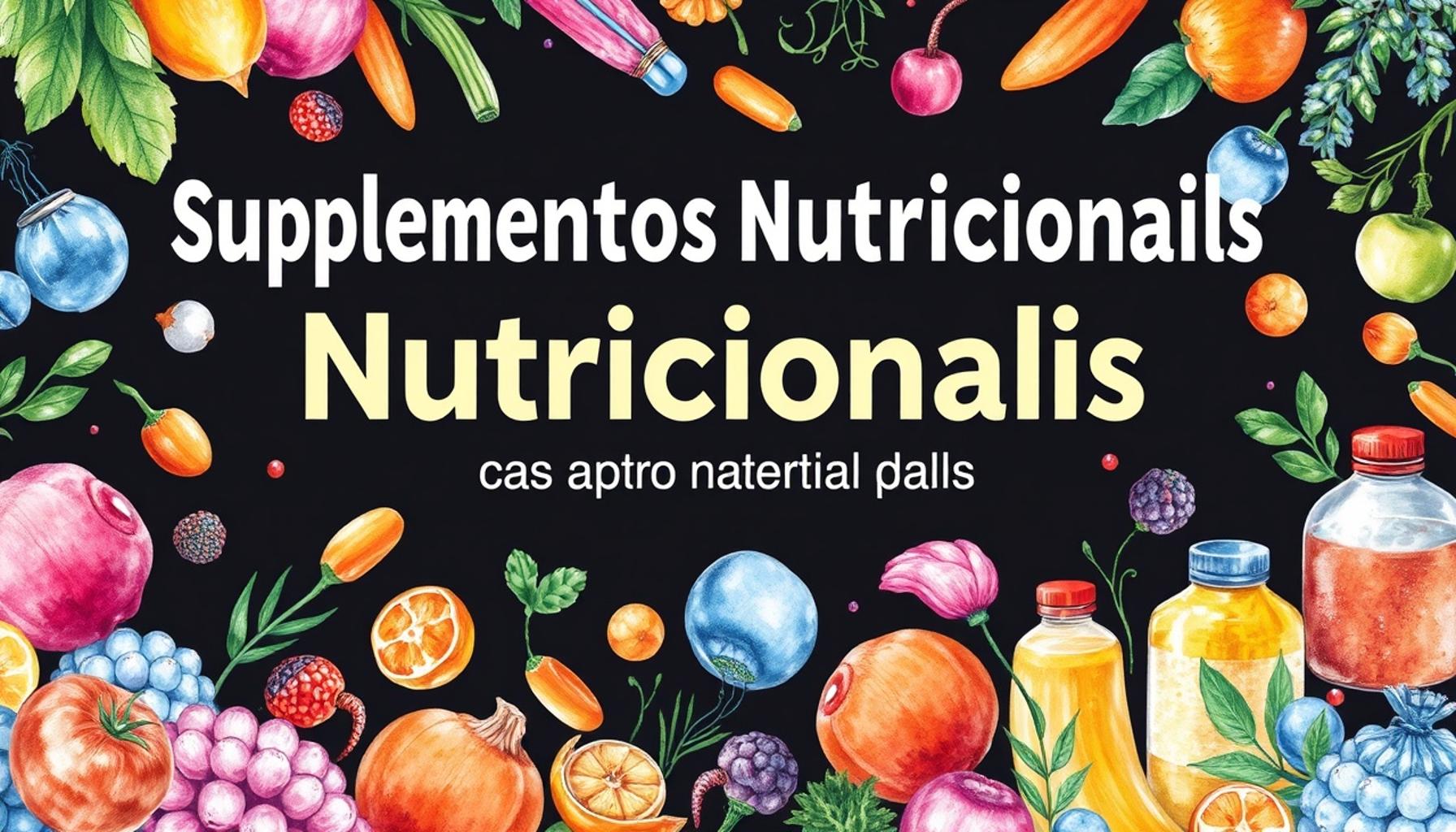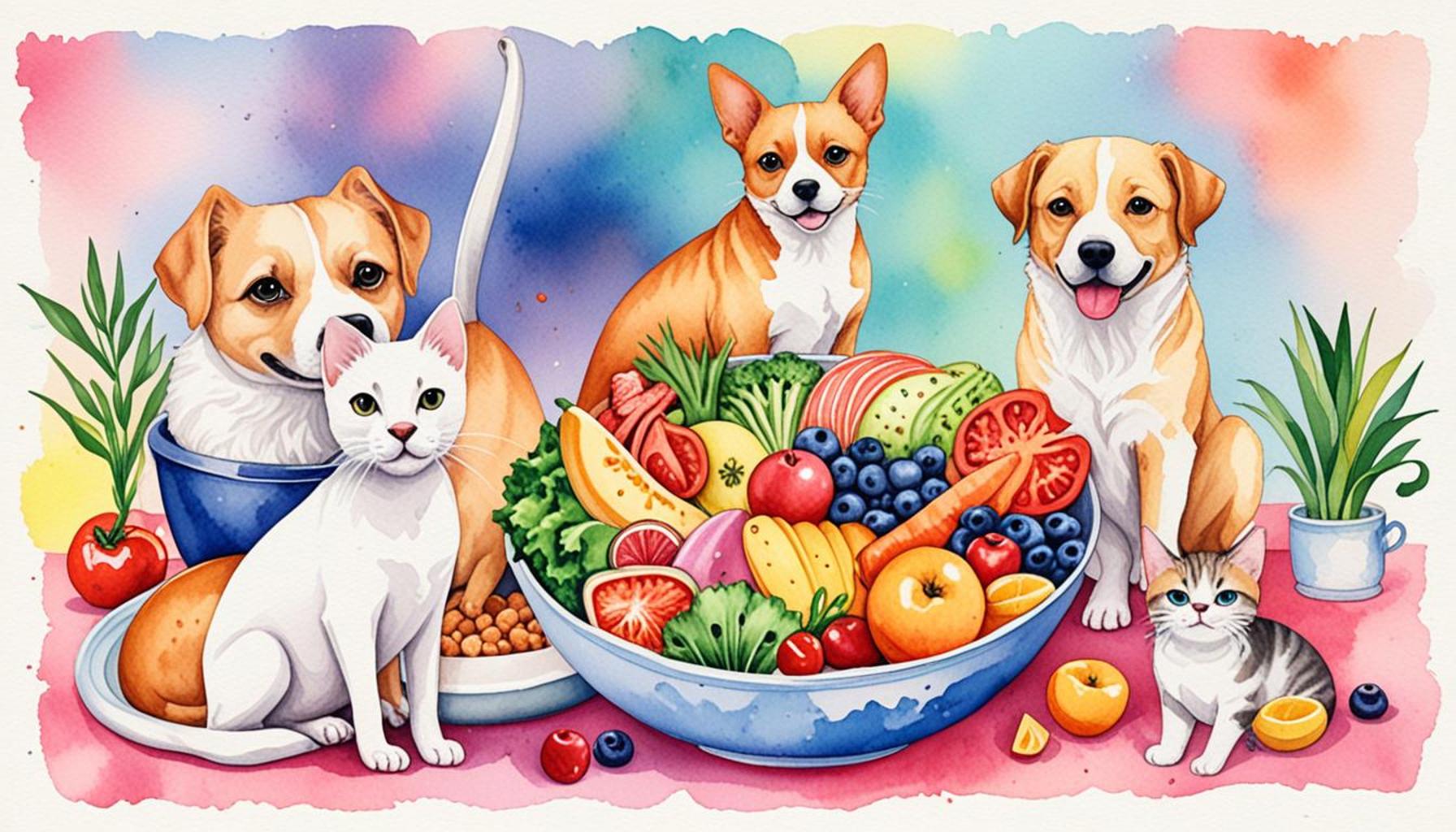How to Identify and Avoid Harmful Food Additives in Pet Food

Understanding Dangerous Food Additives
As pet owners, we all strive to provide the best for our furry companions. However, with the increasing presence of harmful food additives in pet food, it has become crucial to educate ourselves on what to look out for. These additives can range from preservatives to artificial colors, all of which can potentially affect your pet’s health.
Why It Matters
Harmful additives may lead to significant health issues in pets, including:
- Allergic reactions
- Digestive problems
- Long-term chronic diseases
For instance, a pet consuming food laden with artificial colors may experience skin irritations or gastrointestinal distress. More seriously, studies have indicated that certain preservatives, like BHA (butylated hydroxyanisole) and BHT (butylated hydroxytoluene), may be linked to liver and kidney issues in pets over time. This makes it essential to scrutinize the ingredients in every meal your pet consumes.
In a market flooded with options, selecting safe and nutritious food for your pets can be daunting. Numerous brands may claim to be “natural” or “healthy,” yet still include a range of harmful additives. Understanding how to decipher labels is essential for your pets’ well-being. A significant number of pet owners are unaware that some ingredients commonly found in pet food may come from sources deemed unfit for human consumption, raising notable concerns regarding quality and safety.
Spotting Red Flags
When examining pet food labels, keep an eye out for these common dangerous additives:

- Artificial Colors: Often included to enhance visual appeal, these can trigger allergic reactions and hyperactivity in pets.
- Propylene Glycol: This synthetic compound is used to retain moisture but poses risks like lethargy and digestive issues.
- BHA and BHT: These preservatives can extend shelf life but have raised red flags in animal studies for their potential carcinogenic effects.
These substances may enhance appearance or shelf life but can pose risks to your pet’s health. For example, many widely marketed dog foods may contain BHA and BHT, leading to questions regarding how much harm these chemicals can inflict over time. By learning to identify these additives, you gain the power to make informed choices.
Your pet’s health deserves the utmost attention, and knowing the ingredients in their food is a vital step in preventing health complications. Dive deeper into this topic to uncover more about ensuring your beloved companion is safe and healthy. Products labeled as organic or natural are often safer alternatives, but always check for the absence of harmful additives. Ultimately, taking an active role in understanding pet food labels can lead to a longer, healthier life for your pets.
DIVE DEEPER: Click here to learn how adopting pets can help
Decoding Pet Food Labels
Navigating the world of pet food can feel like roaming through a maze, especially when the labels can be misleading. Understanding how to identify harmful food additives begins with a keen eye for detail and knowledge of what to look for. The ingredient list often reveals much more than the marketing claims on the front of the packaging.
The Ingredient List: Your Best Friend
Pet food labels often display a lengthy list of ingredients, but many pet owners may not realize that the first few items are the most critical. Ingredients are listed in order of quantity, meaning those at the top make up the largest portion of the food. A good rule of thumb is to ensure that high-quality protein sources—such as meat or fish—are listed first. If a grain or filler appears at the top, it may be a sign of poor quality.
Moreover, understanding the terms related to these ingredients can save you from inadvertently choosing less nutritious options. Here are some key phrases to watch out for:
- Meat by-products: This term can refer to parts of the animal not typically consumed by humans, often including organs and other secondary materials.
- Animal meal: This is rendered meat that has been processed and concentrated, which can vary greatly in quality.
- Grain-free: While this may sound appealing, ensure that it doesn’t replace grains with unhealthy fillers like potatoes or peas.
Confirming Safety Standards
Beyond ingredients, it’s vital to consider the brand’s reputation and adherence to safety standards. The Association of American Feed Control Officials (AAFCO) sets guidelines to ensure pet foods provide appropriate nutrition. Look for AAFCO statements on the packaging that confirm the food meets these nutritional standards. If a food product claims to be “complete and balanced,” it signifies that it adheres to AAFCO guidelines, making it a safer option.
It’s also worth noting that some brands undergo rigorous testing and maintain transparency regarding their sourcing practices, which can further assure pet owners about the food they choose. Veterinary recommendations can also serve as a valuable resource, providing insights into brands that prioritize pet health. Researching brand history, recalls, and customer reviews can give a clearer picture of their dedication to quality and safety.
Ultimately, peeling back the layers of a pet food label can empower you to make choices that prioritize your pet’s health. Being vigilant about additives, and understanding ingredient quality can prevent potential adverse health effects. As you refine your ability to scrutinize pet food options, you’ll not only become a more informed consumer but also a proactive advocate for your pet’s dietary well-being.
Understanding Harmful Food Additives
When choosing pet food, understanding harmful food additives is crucial for your pet’s health. Many commercial pet foods contain a range of additives that can be detrimental to your animal’s wellbeing. These substances often serve as preservatives, flavor enhancers, or colorants, which can mask inferior ingredients. Common additives to watch out for include BHA (Butylated Hydroxyanisole), ethoxyquin, and artificial colors. Research has suggested that these additives can lead to various health issues, including allergies, digestive problems, and even long-term diseases.
Key Strategies for Identifying Additives
To effectively identify these harmful additives, start by closely examining ingredient labels. Look for products that list ingredients in a transparent manner, avoiding those with vague terms like “by-products” or “meal.” Instead, seek out pet foods that endorse natural or whole-food ingredients free from additives. Furthermore, be cautious of terms such as “preservatives” without specific names. Utilizing a mobile app designed to scan and analyze pet food products can also be an invaluable resource—providing instant insight into the safety of various brands.
Research and Trustworthy Sources
Investigate pet food brands through independent reviews and resources. Organizations like the Association of American Feed Control Officials (AAFCO) provide guidelines and regulations that can aid in choosing reputable pet food. Utilizing trustworthy sources and platforms that focus on pet health can inform your decisions and educate you on harmful additives to avoid.
| Category | Benefits |
|---|---|
| Natural Ingredients | Promotes overall health and reduces risk of allergies. |
| Transparency in Labeling | Assures the quality and safety of ingredients used in pet food. |
By being proactive and vigilant about what goes into your pet’s food, you can extensively enhance their quality of life. With increased awareness, you can help your furry friends thrive while avoiding the potential dangers of harmful food additives.
LEARN MORE: Click here to discover common pet diseases
Recognizing Harmful Additives
Once you’ve mastered how to read pet food labels, the next crucial step is to become proficient in identifying potentially harmful food additives. These additives can pose serious health risks to your beloved pets, making it essential for pet owners to know what to avoid.
Common Harmful Additives to Watch Out For
Certain additives have raised red flags among pet health advocates and researchers alike. Familiarizing yourself with these substances can empower you to make safer choices for your furry friend. Here are some of the most notorious offenders:
- BHA and BHT: These synthetic preservatives are used to prevent fats from going rancid but have been linked to cancer in animal studies. Averting foods that list BHA or BHT in their ingredients can safeguard your pet’s long-term health.
- Ethoxyquin: Another controversial preservative, ethoxyquin is often used in animal feed but has been prohibited in human food due to concerns over its potential for carcinogenic effects.
- Artificial Colors: Artificial coloring agents like Red 40 or Yellow 5 have no nutritional value for pets and can trigger allergic reactions or hyperactivity in some animals. Instead, look for naturally derived colorings.
- Propylene Glycol: While it may sound benign, this chemical can be toxic, especially in large quantities. It is sometimes found in semi-moist pet foods and can lead to kidney issues.
Beyond these specific additives, it’s wise to maintain a healthy skepticism about any ingredient that is difficult to pronounce or recognize. If it sounds more like a chemistry experiment than food, it’s likely best left on the shelf.
Understanding the Role of Fillers
Another significant concern comes from fillers that provide minimal to no nutritional benefits. Ingredients such as corn, wheat, and soy may serve as cheap sources of energy but can be hard for pets to digest and may lead to allergies. These fillers often push high-quality, protein-rich ingredients down on the ingredient list, diluting the overall nutrition value of the pet food.
In particular, many pets cannot tolerate grains, making grain-free diets popular. However, ensure that you’re not substituting these grains with low-quality carbohydrates or unnecessary fillers, such as peas or chickpeas, which can lead to a lack of balanced nutrition.
Exploring Natural Alternatives
Many pet owners are now aware that a natural diet may lead to happier and healthier pets. Foods with organic, whole ingredients can be your ally in reducing the risk of harmful additives. As more consumers demand transparency and quality, several brands are stepping up to offer wholesome and nutritious alternatives free from questionable additives.
Consider brands that emphasize human-grade ingredients, which are safe enough for human consumption. Additionally, read reviews and seek recommendations from veterinary professionals who can point you towards reputable options. Online platforms, social media groups, and pet health communities are also excellent resources to consult for ingredient insights.
As you begin to dissect the world of pet food, adopting a proactive approach in identifying harmful food additives will not only shield your pet from potential hazards but also enhance their overall quality of life. With each bag of pet food you choose, you’re making informed decisions that pave the way for a healthier, happier companion.
LEARN MORE: Click here to dive deeper into pet food labels
Conclusion: Safeguarding Your Pet’s Health
In the quest to ensure our pets lead healthy and vibrant lives, understanding and avoiding harmful food additives in pet food is paramount. As the guardians of our beloved companions, it is our responsibility to scrutinize pet food labels carefully, recognizing the red flags associated with additives like BHA, BHT, ethoxyquin, and artificial colors. By being aware of these potential hazards, pet owners can make informed decisions that prioritize the health and wellbeing of their furry friends.
The prevalence of low-quality fillers in many commercial pet foods also underscores the importance of seeking out high-quality alternatives that deliver essential nutrients without unnecessary chemicals. Opting for brands that utilize human-grade ingredients or adhere to high standards of transparency can significantly contribute to your pet’s overall quality of life.
Engaging with communities of pet owners, consulting with veterinarians, and leveraging online resources can further enhance your knowledge and awareness about safe pet nutrition. As consumers continue to demand more accountability from manufacturers, the market is increasingly flooded with options that embrace natural ingredients and exclude harmful additives. Ultimately, your proactive approach in deciphering food labels and prioritizing your pet’s diet is not just beneficial; it is essential.
By fostering a deeper understanding of pet food ingredients and remaining vigilant, you can significantly reduce the risks posed by harmful additives and create a nourishing environment for your cherished pets. With every meal choice you make, remember that you hold the power to contribute to their happiness and health for years to come.


